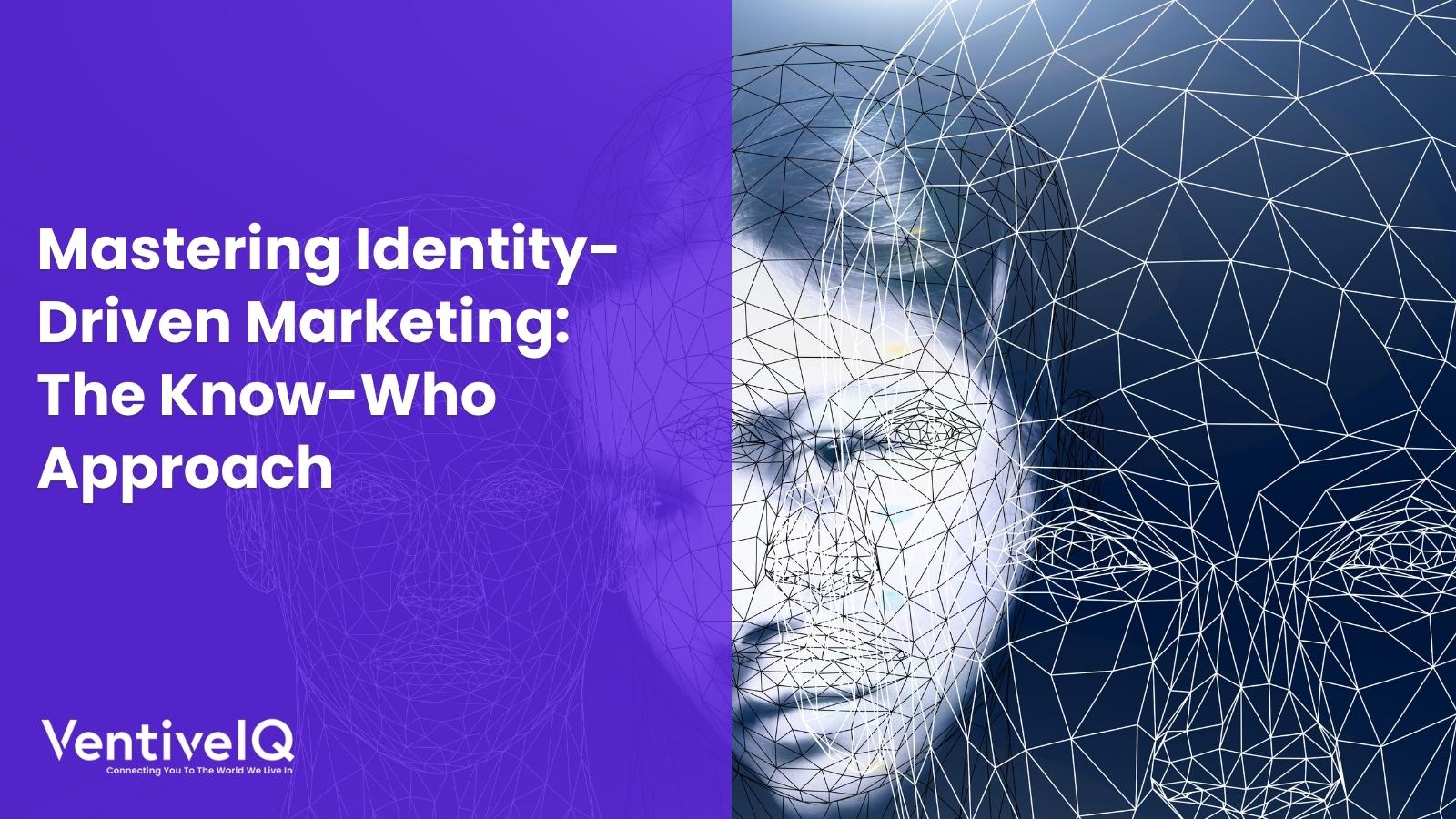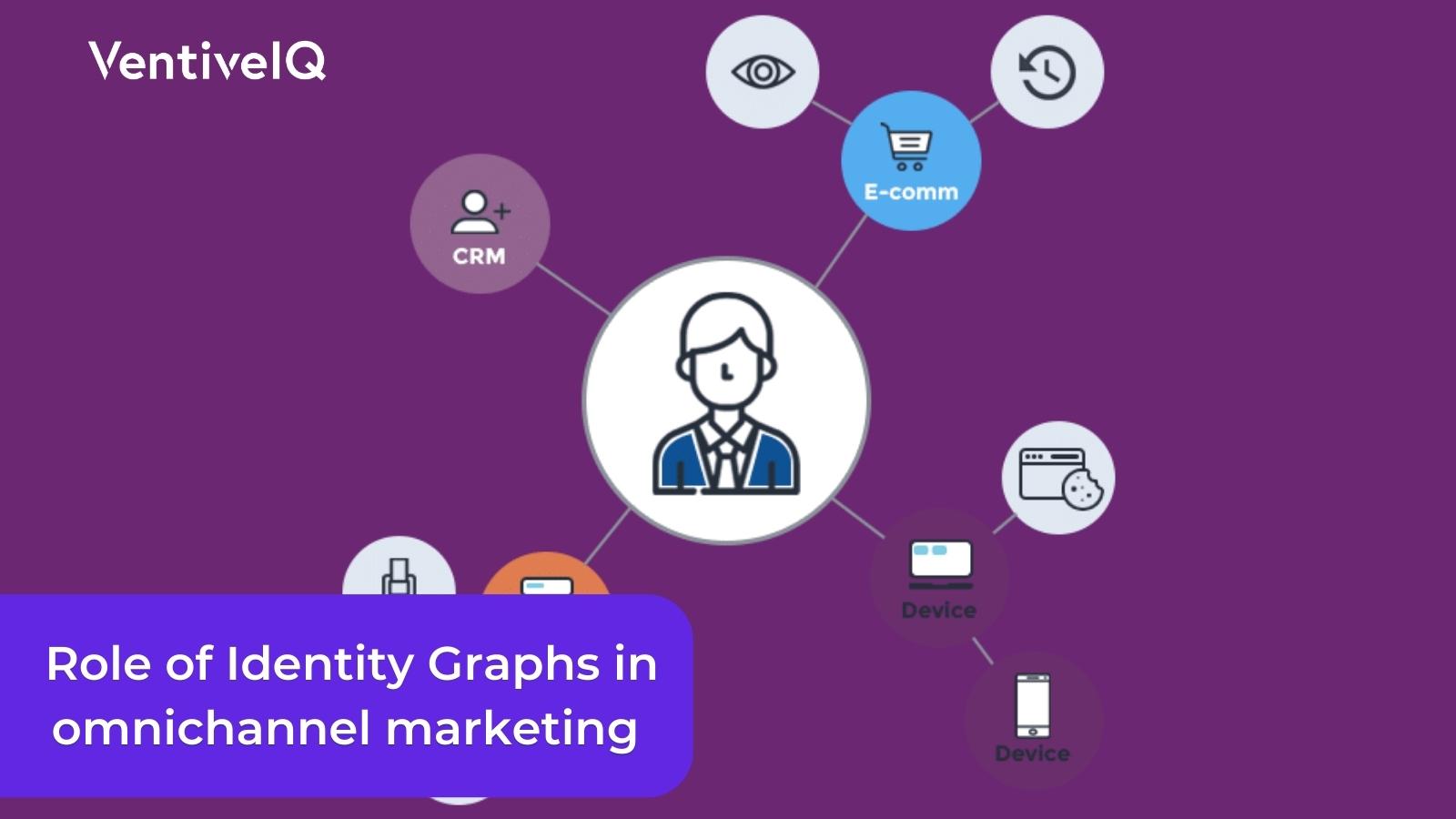The creation of identity graphs is a rapidly-growing area since graph-based concepts can be applied to online user identification. The purpose of an identity graph is to create a system that allows organizations to track their customers’ personal information across multiple platforms and websites.
This way, companies can better understand their clients’ habits, which can help with marketing campaigns and product development. Here are the six elements to consider while creating an identity graph
1. Accuracy at scale
Accuracy is a key factor in identity graphs. Accuracy can be affected by the number of users, data sources, and types. For example, if your identity graph contains only one user or one source, it’s not very accurate because there aren’t many points to connect. But if you have an identity graph with 500 users and 100 sources, then the accuracy of your graph will be much better than that of a smaller-sized graph.
In addition, accuracy may also be affected by how many different data points make up an identity graph’s “data” part. So, it’s important to consider quantity and quality when considering how much accuracy you want out of your system!
2. Real-time capabilities
Real-time capabilities are important for many reasons. One, they allow for more efficient advertising user data management by allowing the collection and analysis of larger quantities of data at faster rates. Two, they allow for more efficient decision-making by providing the ability to make choices based on current state information (e.g., what is happening now) as opposed to historical trends or projections (e.g., what will happen).
Three, real-time capabilities facilitate more efficient data analysis by enabling users to review data from multiple sources in an aggregated view without downloading or manipulating any of it—a huge time saver!
3. Multichannel B2B and B2C user identifiers
An important thing to consider in an identity graph is identifying users across B2B and B2C transactions in all channels. In modern business, you’re likely to find that your customers are doing more than just buying products or services at your company—they may also be interacting with you via social networks, chat, and emails. Having this information allows companies like yours to make smarter decisions about communication.
4. Should have user device identifiers
We also must touch on user device identifiers. Device identifiers can be anything from the IP address of a computer to the MAC address of a phone or even something as simple as cookies that have been set on your browser by websites you’ve visited.
You can use device identifiers for different purposes in many different ways! You can use them for user tracking, attribution, profiling, and segmentation (to name a few). It all depends on the data you want to collect and how it fits into your existing business model.
5. Should facilitate geo-location data resolution
Geo-location data is a critical component of identity graphs, as it can be used to identify users, determine how often they visit a particular location, and determine how often they visit a particular website. Geo-location data is also important for determining the best candidate for your offer or new product.
6. Easy usability
A good identity graph should be easy to use, intuitive, and simple enough that you don’t need to train your users. People should understand the system’s benefits within minutes of using it. It also needs to integrate well with other systems, so there’s no need for manual mapping between data sources.
An effective identity graph will make it simple for administrators and end users—no matter their technical ability level—to access and interact with all their data in one place.
Ventive IQ represents a new frontier in online user identification and data management. Let’s help you get started with cookie-less identity resolution for compliance and success in online advertising.



